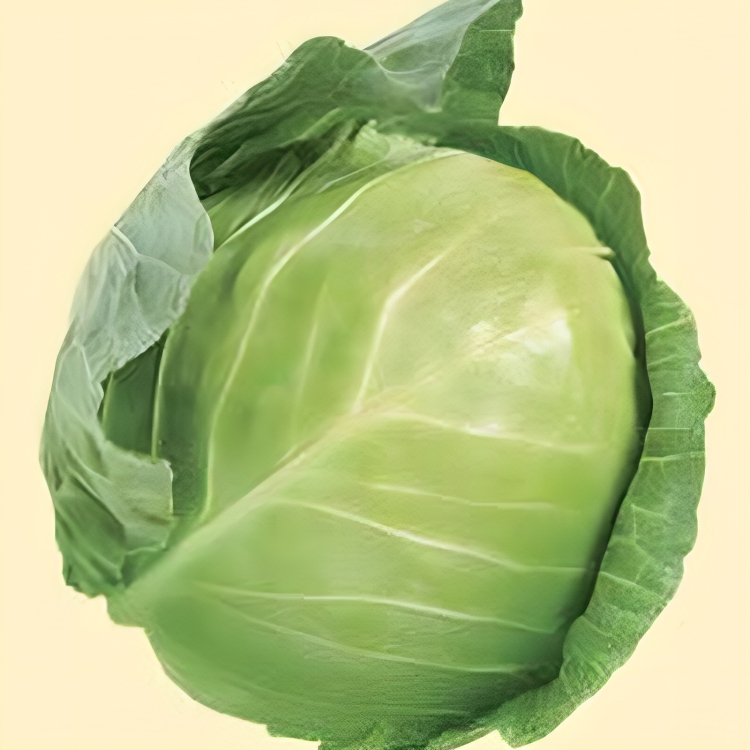- Historical context: Danish Ballhead Cabbage is a traditional heirloom variety that has been cultivated for its hardiness and storage capabilities.
- Geographical origination: This variety originated in Denmark and has been popular in Northern Europe for centuries.
- Relevant cultural significance: It has been a staple in European diets, particularly in regions with harsh winters, due to its excellent storage properties.
- Time period of discovery: The exact time period of its discovery is not well-documented, but it has been grown since at least the 19th century.
- Original habitat: It thrives in cooler climates, typical of Northern Europe.
- Notable historical uses: Historically, it has been used in a variety of traditional dishes, including sauerkraut and coleslaw, and was valued for its ability to be stored through the winter months.
- Ideal temperature range: Danish Ballhead Cabbage grows best in temperatures between 60-70°F (15-21°C).
- Soil type: It prefers well-drained, fertile soil with a pH between 6.0 and 7.5.
- Sunlight requirements: Full sun is ideal, but it can tolerate partial shade.
- Watering needs: Consistent moisture is important, but avoid waterlogging. Water deeply and regularly.
- Planting season: Plant seeds in early spring or late summer for a fall harvest.
- Germination time: Seeds typically germinate in 7-14 days.
- Growth cycle duration: The growth cycle is approximately 90-100 days from planting to harvest.
- Common pests and diseases: Common pests include cabbage worms, aphids, and flea beetles. Diseases to watch for include clubroot, black rot, and downy mildew.
- Companion planting advice: Good companions include beans, beets, and onions. Avoid planting near strawberries and tomatoes.
- Common challenges and solutions: Challenges include pest infestations and diseases. Use row covers to protect young plants and practice crop rotation to prevent soil-borne diseases.
- Nutritional values: Cabbage is rich in vitamins C and K, and also provides fiber, folate, and antioxidants.
- Health benefits: It supports immune function, aids in digestion, and has anti-inflammatory properties.
- Culinary uses: Danish Ballhead Cabbage is versatile in the kitchen. It can be used in salads, soups, stews, and fermented dishes like sauerkraut.
- Medicinal uses: Traditionally, cabbage leaves have been used as a poultice to reduce swelling and relieve pain.
- Other unique advantages: Its excellent storage capability makes it a valuable crop for winter months, providing fresh produce when other vegetables are scarce.






